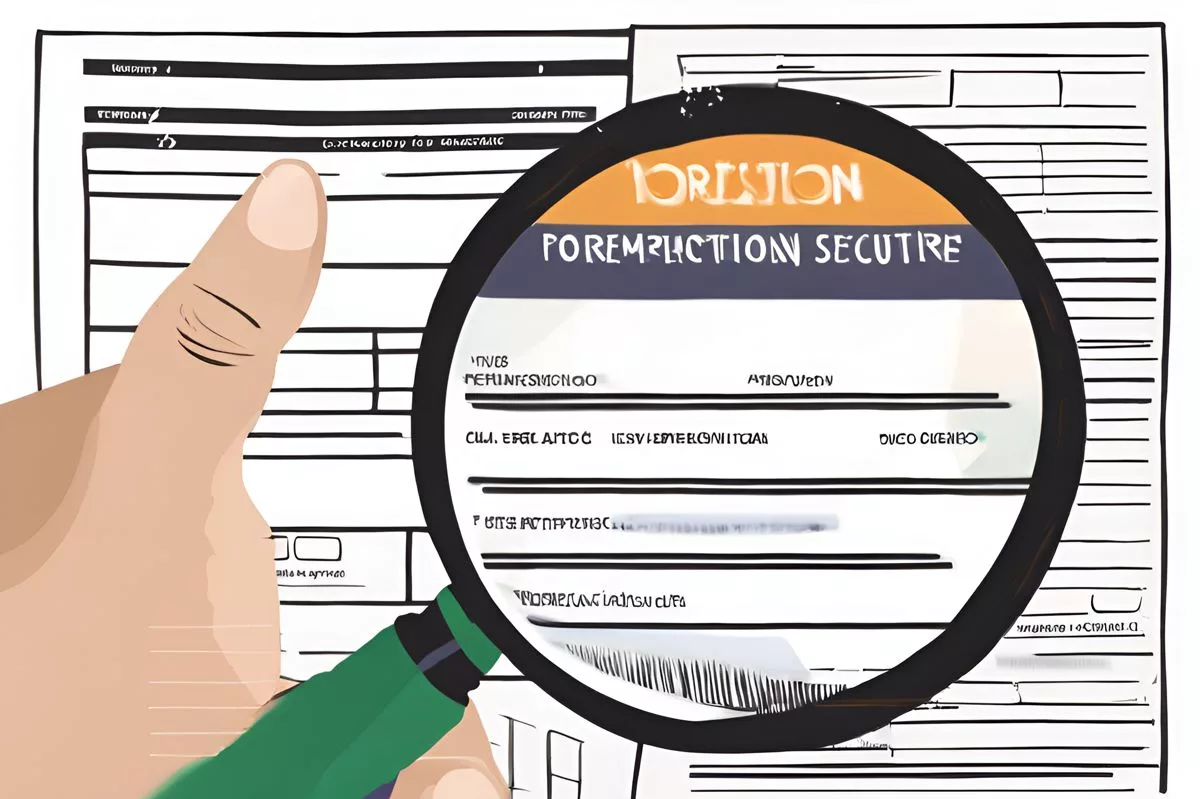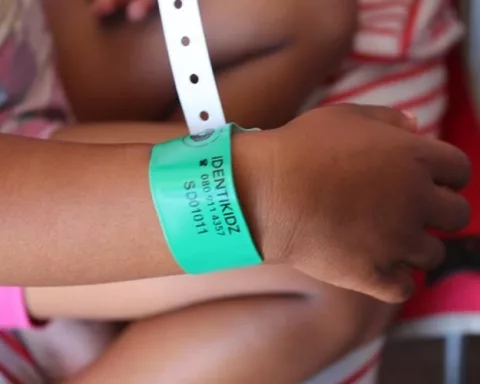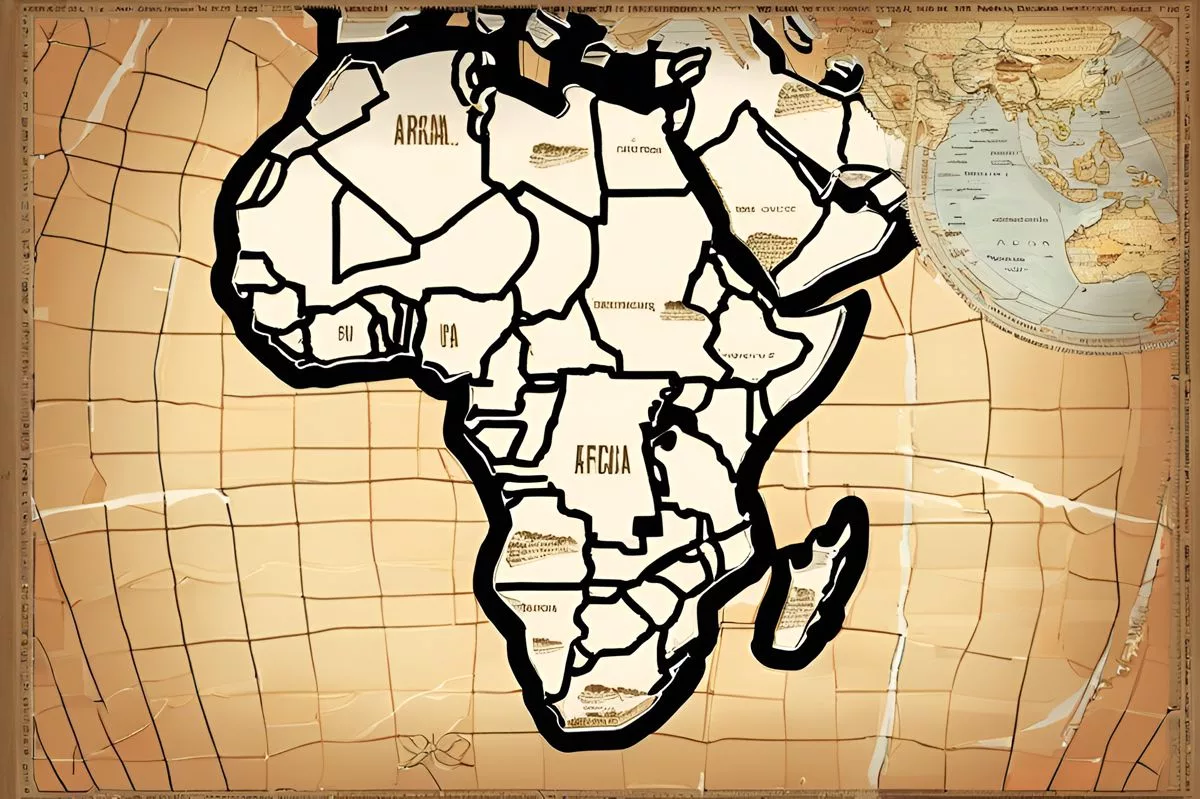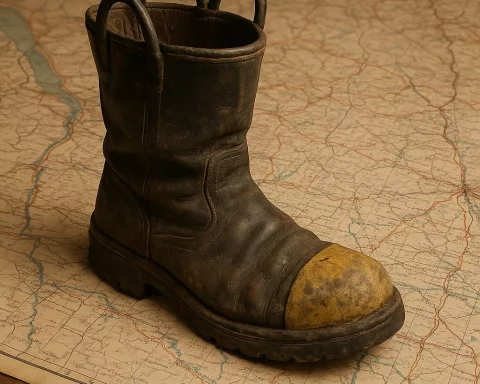The tragic death of a Grade 7 student at Laerskool Queenswood highlights the crucial need for child safety during school activities. The European Union sets the standard for safety during school expeditions and serves as a benchmark for enhancing excursion protocols globally. Cyprus’s Ministry of Education emphasizes robust safety measures during educational excursions, and the EU’s Safer Internet Programme underscores the need for comprehensive safety measures in both physical and digital contexts. Child safety is a shared responsibility that transcends geographical boundaries and calls for unwavering commitment to vigilance and adherence to safety standards.
The tragic incident involving a Grade 7 student from Laerskool Queenswood has highlighted the crucial topic of child safety during school activities. This school, known for its commitment to education and development, now grapples with a profound loss. As the community prepares for her memorial service, it is evident that the safety of children outside of their homes and traditional school settings is a significant concern.
The Importance of International Standards
This tragedy resonates with the stringent focus placed on safety and education within the European Union (EU). The EU mandates safety during school expeditions as an international responsibility. The EU’s dedication to education encompassing the safety and well-being of its participants could serve as a global benchmark for enhancing excursion protocols.
Cyprus’s Approach
Cyprus’s Ministry of Education emphasizes robust safety measures during school activities, particularly educational excursions, especially those involving water activities. Vigilance in such scenarios cannot be overstated. The EU channels resources towards improving quality and safety in the school environment through programs like the School Education Gateway, providing educators with resources to refine strategies on pressing matters, including safety during excursions.
Beyond the Physical Realm
With the advent of the digital era, child safety has evolved beyond the physical realm. The EU’s Safer Internet Programme leads the way in online security, underlining the need for comprehensive safety measures in both physical and digital contexts.
A Shared Responsibility
The tragic incident of Latoya’s untimely passing serves as a stark reminder of our shared responsibility towards children’s safety. It transcends geographical boundaries, uniting us in a common commitment. As Laerskool Queenswood mourns, this incident should serve as a constructive catalyst in strengthening the safeguards that foster exploration but never at the expense of young lives.
Our thoughts are with Latoya’s family, friends, and the community during this challenging time. It is a stark reminder of the invaluable trust placed in those responsible for our children’s safety. This trust must be accompanied by an unwavering commitment to vigilance and adherence to safety standards. We must strive to strike a balance between education and safety, ensuring that all children receive the best possible educational experience in a safe environment.
1. What is the European Union’s stance on safety during school expeditions?
The European Union mandates safety during school expeditions as an international responsibility and serves as a benchmark for enhancing excursion protocols globally.
2. How does Cyprus’s Ministry of Education approach safety during educational excursions?
Cyprus’s Ministry of Education emphasizes robust safety measures during school activities, particularly educational excursions, especially those involving water activities.
3. How does the EU’s Safer Internet Programme approach child safety?
The EU’s Safer Internet Programme underscores the need for comprehensive safety measures in both physical and digital contexts, leading the way in online security.
4. Why is child safety a shared responsibility?
Child safety is a shared responsibility that transcends geographical boundaries, uniting us in a common commitment to ensuring the safety and well-being of children.
5. How can we strike a balance between education and safety for children?
We must strive to strike a balance between education and safety, ensuring that all children receive the best possible educational experience in a safe environment by adhering to safety standards and being vigilant.












